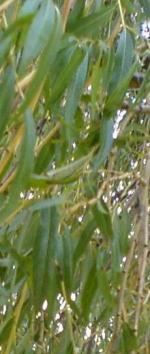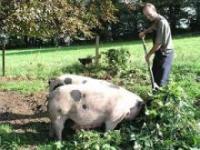
The Bioregional Economy
discount_flyer (pdf, 459 K) In a world of climate change and declining oil supplies what is the plan for the provisioning of basic resources? We have already seen that green economists suggest a need to replace the globalised economy, and its extended supply chains, with a more local economy. But what does this mean in more concrete terms? How large is a local economy, how self-reliant can it be, and what resources will still need to be imported?
In a world of climate change and declining oil supplies what is the plan for the provisioning of basic resources? We have already seen that green economists suggest a need to replace the globalised economy, and its extended supply chains, with a more local economy. But what does this mean in more concrete terms? How large is a local economy, how self-reliant can it be, and what resources will still need to be imported?
To respond to these ideas I am exploring whether the concept of the ‘bioregion’—developed and popularized within the disciplines of earth sciences, biosciences and planning—is a useful heuristic device to facilitate the reconceptualisation of the global economy as a system of largely self-sufficient local economies.
The Transition movement suggests that need for resilient local economies that provide for most of their needs. Beyond this we could suggest that local areas specialise in producing the crops their soils and climates favour. This would naturally lead to their developing skills in using those products, as in the long tradition of basket-making and rush-seating in the Somerset levels. The societies and cultures of different bioregions would also reflect their typical species, crops and crafts.

My book exploring prospects for the bioregional economy was published in December 2012. You can download a discount flyer for the book here discount_flyer (pdf, 459 K).
